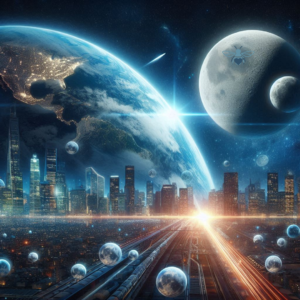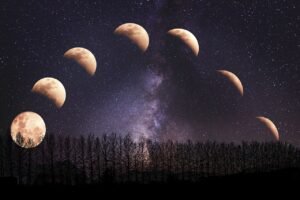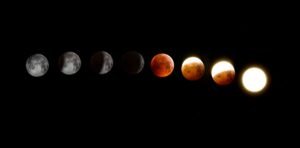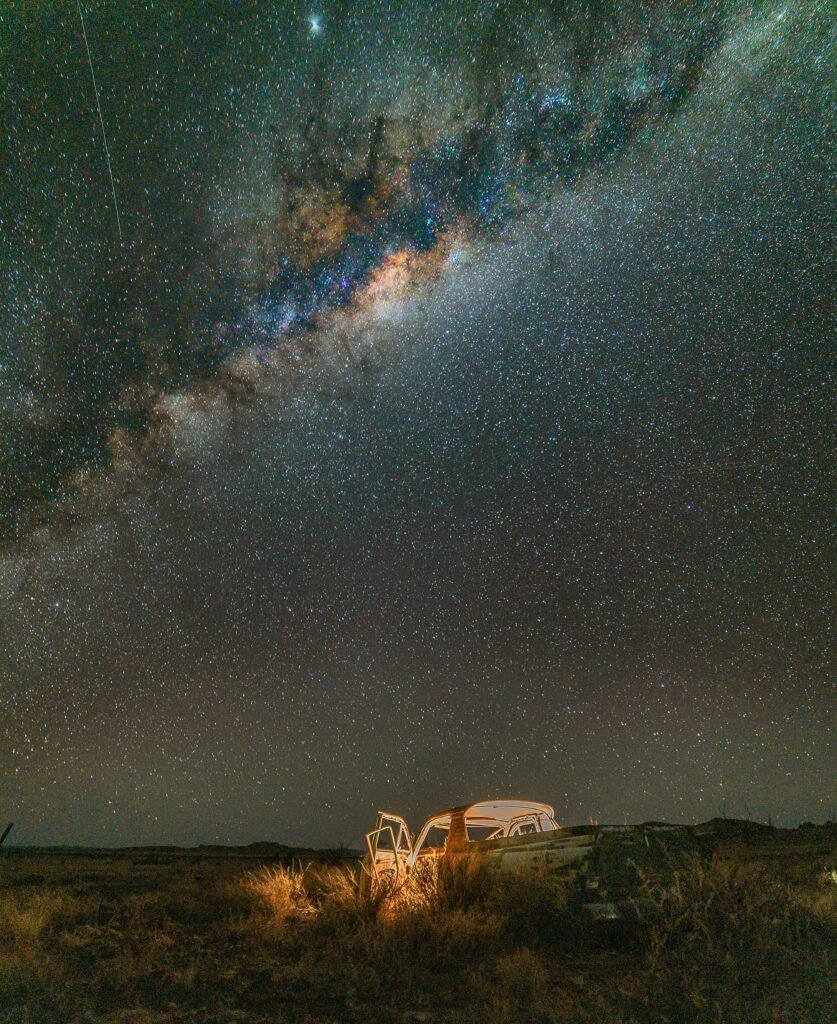
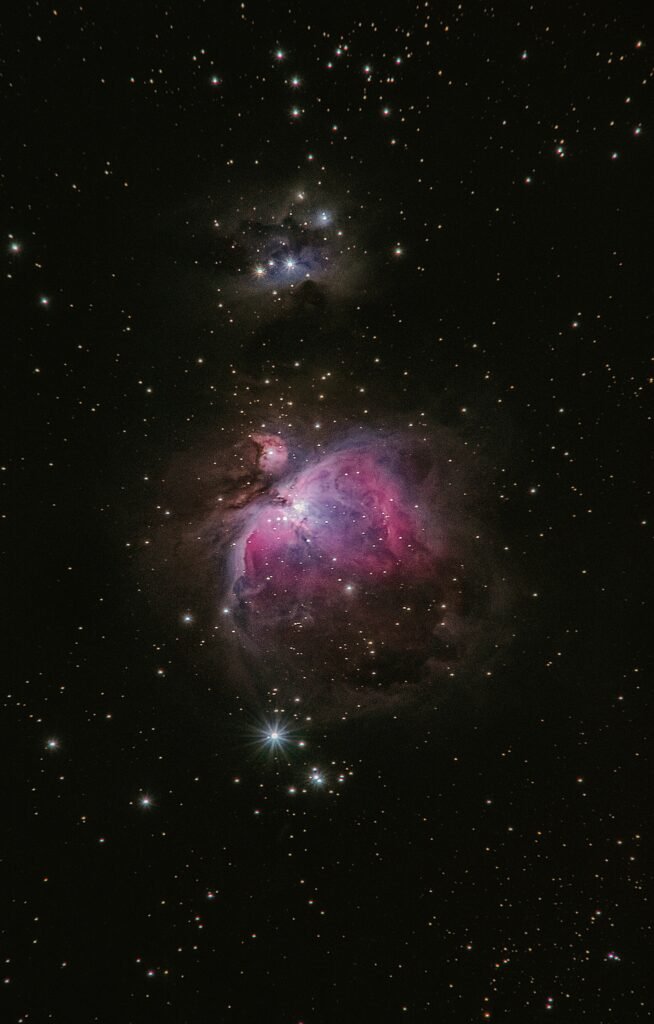
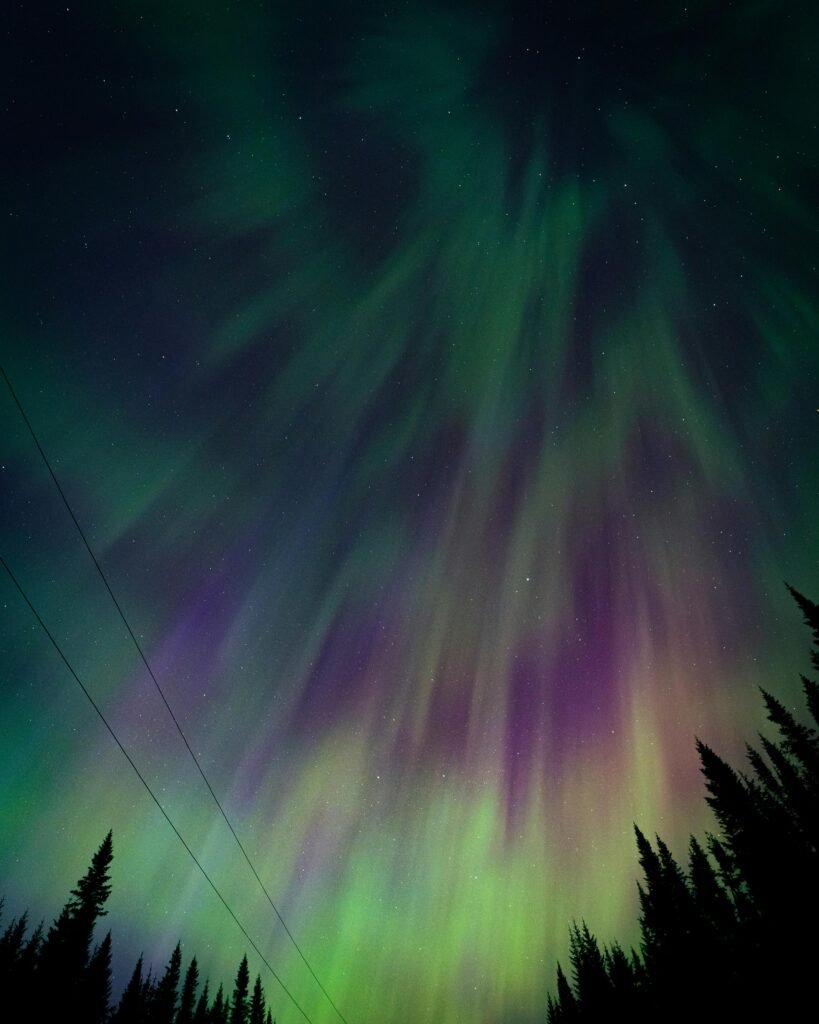
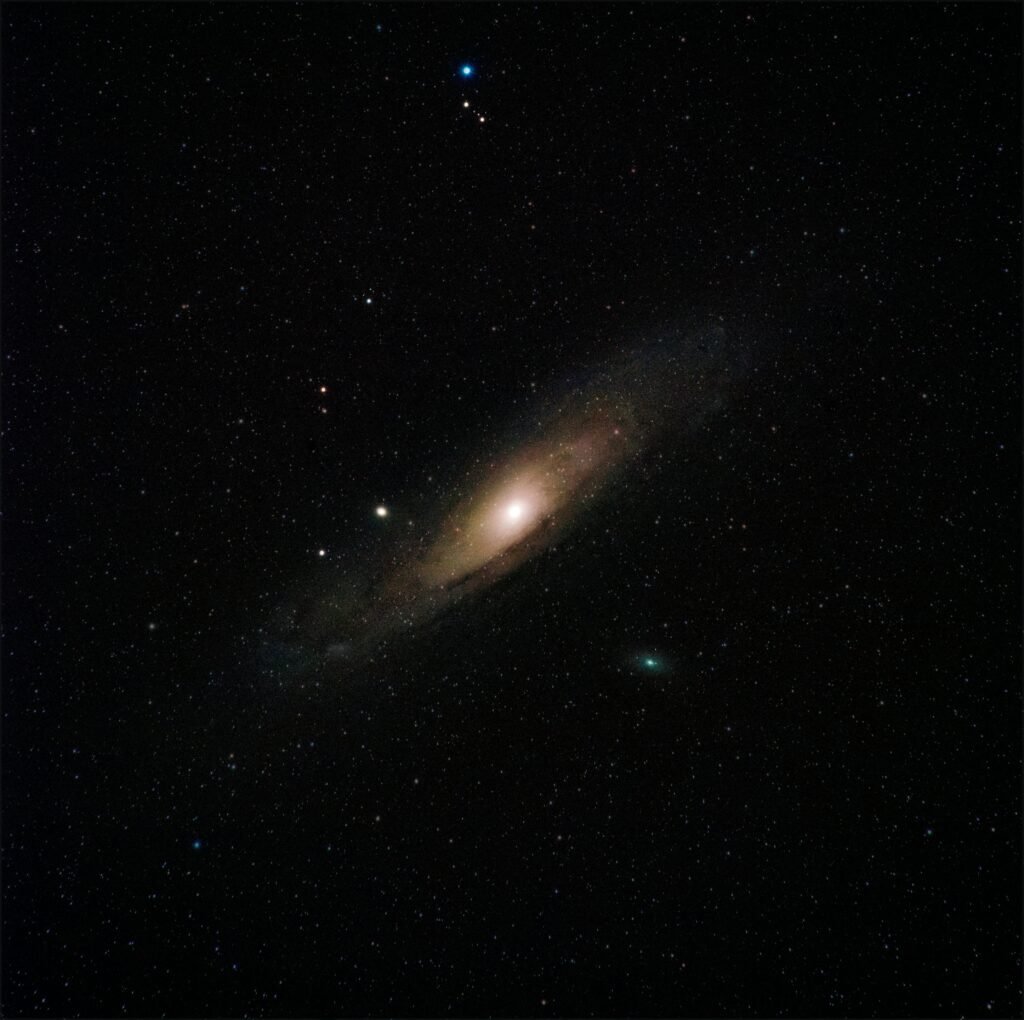
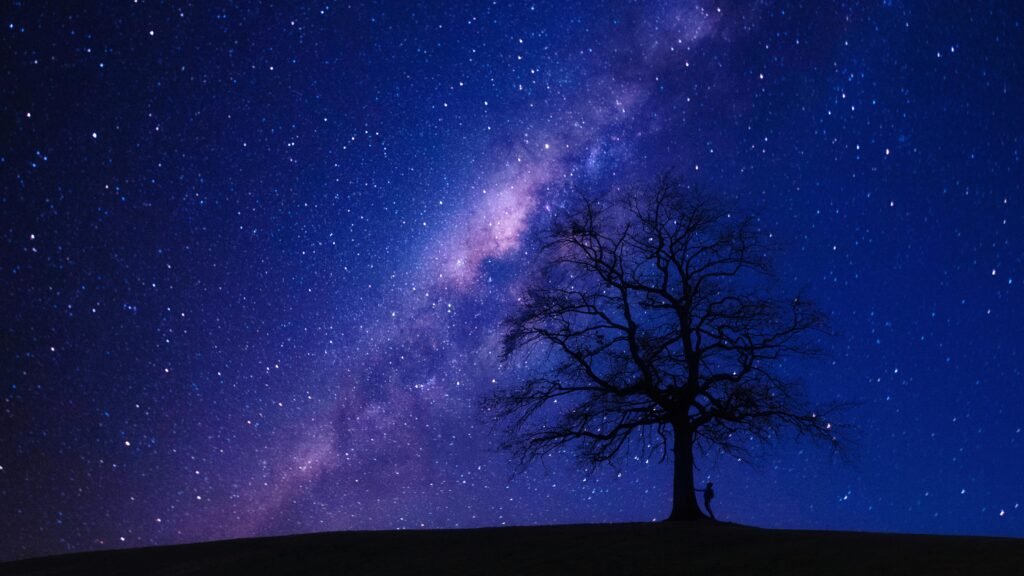
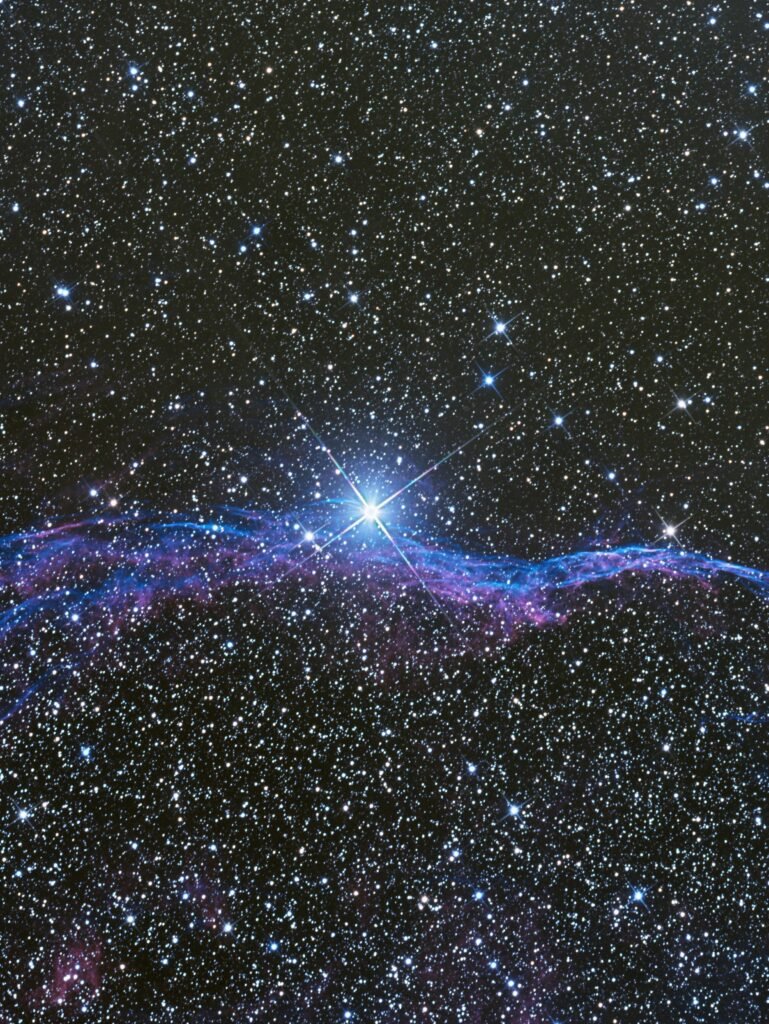
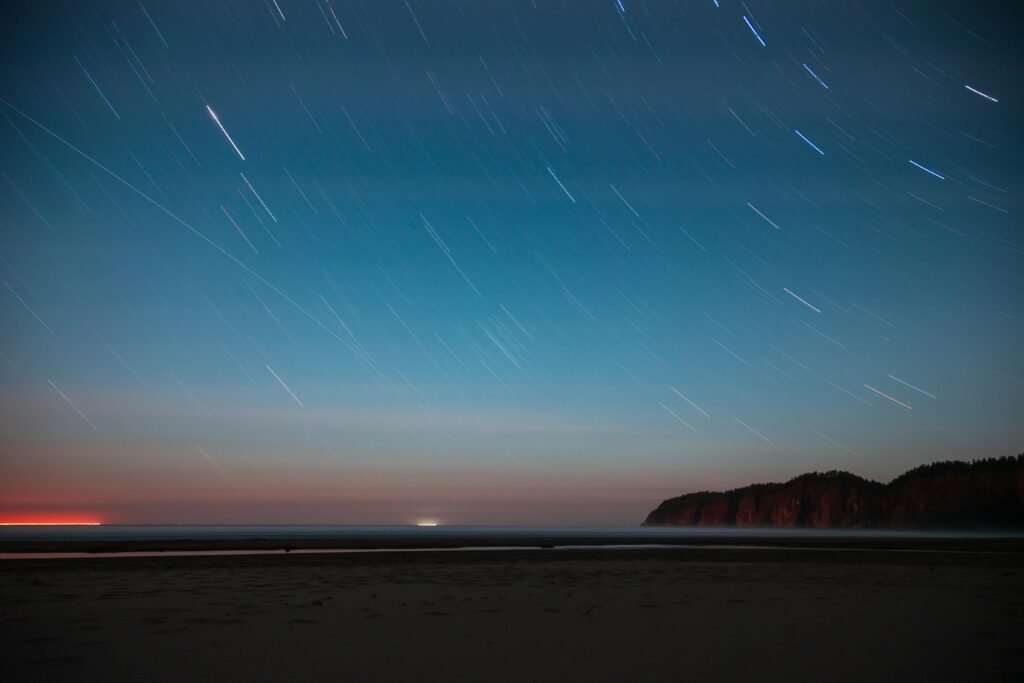

Greetings, MettaWings travelers! 🌌
As we journey through the cosmos together, we’re thrilled to share some spectacular upcoming celestial events that will grace our skies in the coming months. From a breathtaking nova explosion to mesmerizing meteor showers, these events are sure to ignite your sense of wonder and curiosity. Let’s dive into the astronomical wonders awaiting us!
1. Nova Explosion – A Once-in-a-Lifetime Event
Prepare to be awestruck by a rare and magnificent nova explosion! This stellar event occurs when a white dwarf star in a binary system undergoes a dramatic increase in brightness, creating a stunning burst of light. Best Viewing Locations: The Atacama Desert in Chile and Mauna Kea in Hawaii offer some of the clearest skies for stargazing. Fun Fact: Novae have been observed for centuries, with the earliest recorded nova dating back to 134 BC by Chinese astronomers.
2. Perseid Meteor Shower Peak (August 12-13)
One of the most anticipated meteor showers of the year, the Perseids, will peak on the nights of August 12th and 13th. With up to 60 meteors per hour, this dazzling display is best viewed from a dark location after midnight. Best Viewing Locations: Joshua Tree National Park in California and the Scottish Highlands. Fun Fact: The Perseids are remnants of the comet Swift-Tuttle, which orbits the Sun every 133 years. 🌠 #PerseidMeteorShower #Stargazing
3. Full Moon, Blue Moon, Supermoon (August 19)
August 19th will bring us a trifecta of lunar beauty: a Full Moon, a Blue Moon, and a Supermoon all in one night! The Full Moon will be at its closest point to Earth, making it appear larger and brighter than usual. Best Viewing Locations: The Grand Canyon and the Sahara Desert. Fun Fact: The term “Blue Moon” refers to the second full moon in a calendar month, a rare occurrence. 🌕 #Supermoon #BlueMoon
4. Lunar Occultation of Saturn (August 21)
On August 21st, the Moon will pass in front of Saturn, temporarily hiding the ringed planet from view. This celestial event, known as a lunar occultation, is a fascinating spectacle that showcases the dynamic dance of our solar system. Best Viewing Locations: The Australian Outback and the Canadian Rockies. Fun Fact: Saturn’s rings are made mostly of ice particles, with some rock and dust. 🌙 #LunarOccultation #Saturn
5. New Moon (September 3)
The New Moon on September 3rd marks the beginning of a new lunar cycle. With the Moon’s absence from the night sky, this is an ideal time to observe faint celestial objects such as galaxies and star clusters. Best Viewing Locations: The Namib Desert in Namibia and the Scottish Highlands. Fun Fact: The New Moon is invisible to the naked eye because it is positioned between the Earth and the Sun. 🌑 #NewMoon #Stargazing
6. Saturn at Opposition (September 8)
Saturn will be at opposition on September 8th, meaning it will be directly opposite the Sun in the sky. This is the best time to view and photograph Saturn and its magnificent rings, as the planet will be at its brightest and closest to Earth. Best Viewing Locations: The Atacama Desert in Chile and Mauna Kea in Hawaii. Fun Fact: Saturn’s largest moon, Titan, is the only moon in the solar system with a dense atmosphere. 🪐 #SaturnOpposition #Astrophotography
7. Partial Lunar Eclipse and Supermoon (September 18)
September 18th will treat us to a partial lunar eclipse, where the Earth’s shadow will partially cover the Moon. This event coincides with a Supermoon, making it an even more spectacular sight. Best Viewing Locations: The Grand Canyon and the Sahara Desert. Fun Fact: During a lunar eclipse, the Moon can take on a reddish hue, often called a “Blood Moon”. 🌕 #LunarEclipse #Supermoon
8. Neptune at Opposition (September 21)
On September 21st, Neptune will be at opposition, offering a prime opportunity to observe the distant blue planet. With a good pair of binoculars or a telescope, you can catch a glimpse of this mysterious ice giant. Best Viewing Locations: The Australian Outback and the Canadian Rockies. Fun Fact: Neptune has 14 known moons, with Triton being the largest. 🔭 #NeptuneOpposition #Stargazing
9. Aurora Borealis (Ongoing)
The Aurora Borealis, or Northern Lights, continues to dazzle skywatchers with its vibrant displays. Best Viewing Locations: Tromsø in Norway and Fairbanks in Alaska. Fun Fact: The auroras are caused by particles from the Sun interacting with Earth’s magnetic field, creating stunning light shows. 🌌 #AuroraBorealis #NorthernLights
10. Solar Flares and Cannibal CMEs (Ongoing)
Recent solar activities, including solar flares and “cannibal” coronal mass ejections (CMEs), have been creating strong geomagnetic storms. These storms can enhance auroral displays and affect electronic communications. Best Viewing Locations: High-latitude regions such as Iceland and Canada. Fun Fact: Cannibal CMEs occur when a faster CME overtakes and consumes a slower one, leading to stronger geomagnetic storms. 🌞 #SolarFlares #CannibalCME
We hope this guide helps you plan your stargazing adventures and inspires you to connect with the wonders of the universe. At MettaWings, we believe that every journey, whether on Earth or among the stars, is an opportunity to discover beauty, wonder, and connection.
Happy stargazing, and may your travels be filled with light and joy! 🌠✨avels be filled with light and joy! 🌠✨

